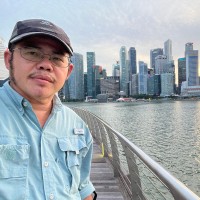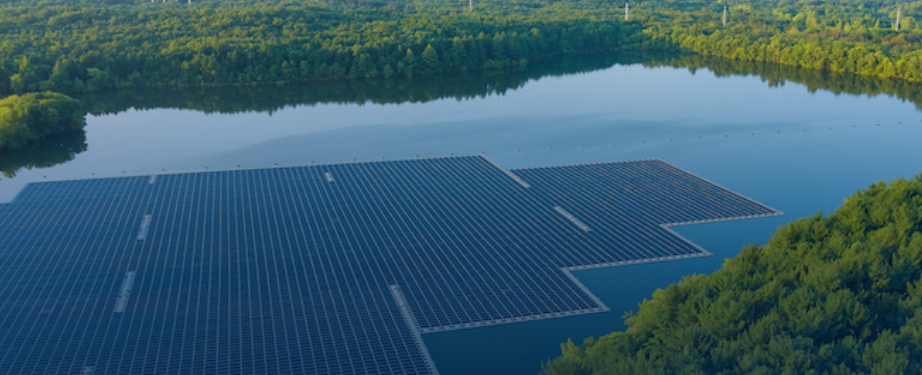A Masdar-led consortium has in September won a bid to build a 200-MWac/300-MWp floating solar power plant, the largest in Southeast Asia, at the Chereh Dam in the state of Pahang in Malaysia. MASDAR, UAE’s clean energy powerhouse will co-develop the solar plant with Malaysian renewables firms Citaglobal and Tiza Global, according to reports.
The RM 850 million (US$ 201 million) project, awarded through an auction under Malaysia’s Large Scale Solar (LSS) Cycle 5+ programme, will cover about 750 acres of water surface and is expected to supply electricity to over 100,000 local homes annually once operational. This is the first major project under the 10-GW renewable energy roadmap set up in 2023 between Masdar and the Malaysian Investment Development Authority (MIDA).
The Chereh Dam project will be the UAE firm’s biggest floating solar project to date, larger than its 145-MW Cirata Floating Photovoltaic Power Plant in Indonesia, currently the largest floating solar farm in the region.
Malaysia has ambitious plans in the solar sphere. It is currently conducting feasibility studies on installing a floating solar farm at Murum dam in Belaga, in the state of Sarawak, that can generate up to 1,000 megawatts (MW) of electricity. Once completed, it will be the biggest floating solar farm in the world, surpassing the one in China that currently generates 680 MW. A memorandum of understanding (MoU) was signed in November 2024 between Sarawak Energy Bhd (SEB) and Masdar to jointly explore the development of the floating solar installation at Murum dam. Sarawak expects to generate up to 10,000 MW of electricity by 2030, and up to 15,000 MW by 2035, by which time, it hopes to attract high tech industries including data centers and the aerospace industry, according to reports.
Meanwhile, Masdar and PT PLN (Persero), Indonesia’s state-owned electricity company, are exploring the potential expansion of the Cirata Floating Photovoltaic Power Plant, the first phase of which began operations in November 2023, according to a press release by Masdar.




